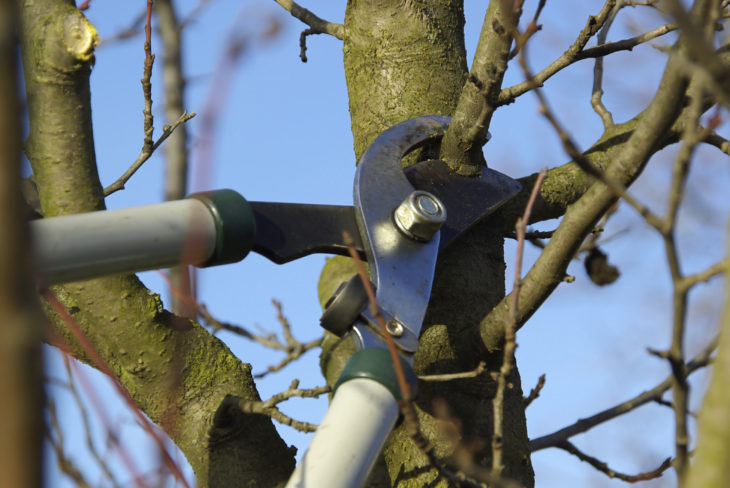Best Time Of The Year To Have Trees Trimmed And Removed

Having your trees trimmed and pruned regularly is one of the easiest ways to ensure that they stay healthy. Trimming and pruning helps to stimulate new growth and also allows you to remove and dead branches and limbs that could potentially damage the tree or your home. However, the key is making sure that you trim your trees at the right time as otherwise you could lessen the benefits and potentially cause further damage to the tree by trimming during the wrong part of the year.
Most arborists and other tree experts recommend trimming and pruning your trees when they are dormant, which generally means waiting until late winter or early spring. Trimming during this period tends to result in a boost to new growth during the coming seasons, while also helping to ensure that the trimming doesn’t further damage the tree.
Many tree species like birch, walnut and maple tend to ‘bleed’ sap heavily if trimmed when the tree isn’t dormant and this bleeding can drain away valuable nutrients and slow down the overall growth. For this reason, it is usually best to do any major trimming and pruning during the late winter or early spring. The best time is after the worst of the winter weather is over, but before the tree starts growing again. This means that you’ll want to make sure to do the trimming before the tree begins to bloom or bud.
Although your trees will technically become dormant in the fall, it is still recommended that you never trim or prune them at this time. The reason is that fall is the time when most tree-killing fungi spread their spores. Any new wounds you create by pruning during the fall will not only take much longer to heal, but they will also make the tree much more susceptible to fungal infection. Therefore, fall trimming is to be avoided if at all possible.

While you may want to have your trees trimmed in the late winter, you’ll usually want to wait until early spring to have any necessary tree removal performed. Attempting to remove a tree while the ground is still frozen makes the task much more difficult. Furthermore, winter weather can also make the job of tree removal more dangerous. Therefore, it’s usually best to leave these tasks until the spring or summer if you can.
In addition to boosting new growth, pruning can also be used to enhance a tree’s flowering potential. In this sense, it is essential that you pay attention to when the tree flowers as this will determine when you’ll want to prune it. Any trees that bloom during the late summer should be pruned in late winter or early spring as normal. However, if your trees bloom in early spring, you’ll actually want to give them a slight pruning as soon as the flowers fall off as this will provide a boost to next year’s flower production.
Although late winter and early spring are usually the best times to prune your trees, this isn’t always the case depending on the specific type of tree. Therefore, it is usually a good idea to do a bit of research about the specific species to make sure you choose the best time for trimming. If in doubt, it never hurts to contact a local arborist or tree specialist. Whether you’re simply in search of advice or need someone to actually do the tree trimming and removal, contacting a professional is the best way to ensure the job is done correctly.
If you’re interested in tree trimming or stump removal try out Tree trimming in Phoenix. They are a full service cactus, tree, and stump removal company who have been around for years!
